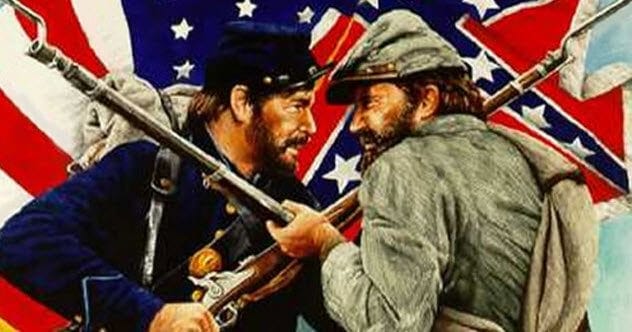The American Civil War is etched in history, but the Reconstruction era (1865-1877) remains less explored. While the Civil War is often seen as a victory for good, the Reconstruction is marred by blunders and tragedies that cost countless American lives and livelihoods. Let’s delve into ten brutal realities of this period.
Black Codes
The Thirteenth Amendment, intended to abolish involuntary servitude, was exploited through legal loopholes. Southern states enacted Black Codes, denying basic rights to Black people, such as serving on juries or taking jobs without prior employer approval. These codes evolved into laws criminalizing unemployment, leading to a surge in convictions. In Georgia, convictions of freed slaves increased twentyfold between 1864 and 1868.
Convict leasing, a practice providing prison labor to private businesses, exploded in 1875 and persisted until 1941. An estimated 200,000 African Americans were forced into this system, with another 800,000 enduring unpaid labor. Prison death rates reportedly reached as high as 5% under these brutal conditions.
Field Order No. 15 Betrayal
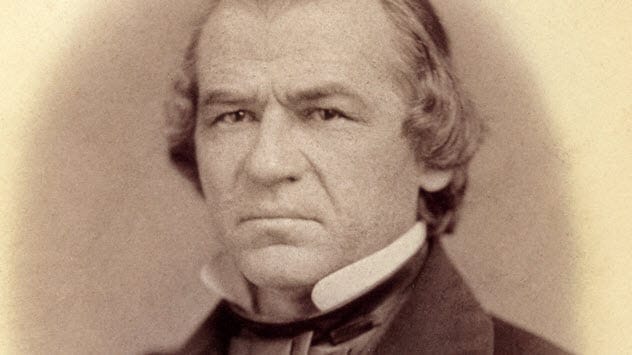
With four million freed slaves, the Union faced the challenge of providing them with means to escape destitution. General William Sherman proposed distributing 400,000 acres of coastal farmland to freed families. Sherman issued the order with Lincoln’s approval. Each family would even receive a mule to help cultivate the land.
However, President Abraham Lincoln’s successor, Andrew Johnson, a Democrat sympathetic to slave owners, rescinded the order in 1865. The land was redistributed to the same planters who had rebelled against the United States. This betrayal forced countless freed slaves into exploitative agricultural labor, vulnerable to Black Code incarceration. Johnson’s reversal of Field Order No. 15 stands as a stark example of how political shifts undermined the promise of Reconstruction.
KKK Wars
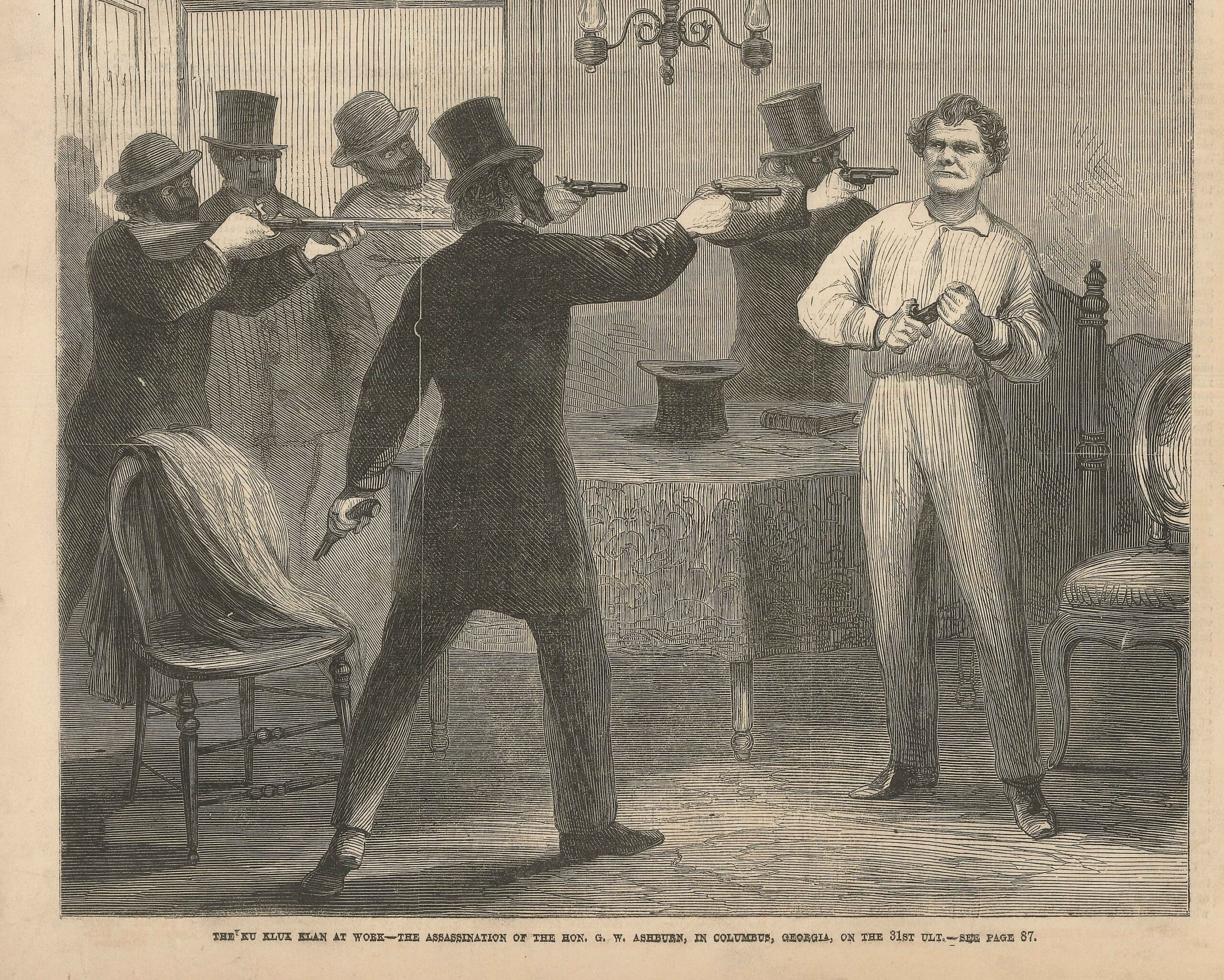
Even if Field Order No. 15 had been upheld, the Ku Klux Klan posed a formidable threat. Founded in 1865, the Klan quickly escalated from intimidating Republicans to outright violence. They physically attacked approximately ten percent of the 600 Black candidates elected during Reconstruction, assassinating at least seven. The KKK’s campaign of terror effectively drove Republicans out of power in the South, undermining federal efforts to protect Black citizens’ rights.
The Kirk-Holden War exemplifies the Klan’s shrewdness. After the lynching of Union League founder Wyatt Outlaw, militia forces were dispatched to hunt down the Klan. While 100 members were arrested, none were brought to trial. Klan-backed candidates then gained control of North Carolina’s general assembly and successfully impeached Governor William Holden for deploying the militia against them.
Freedman’s Bank
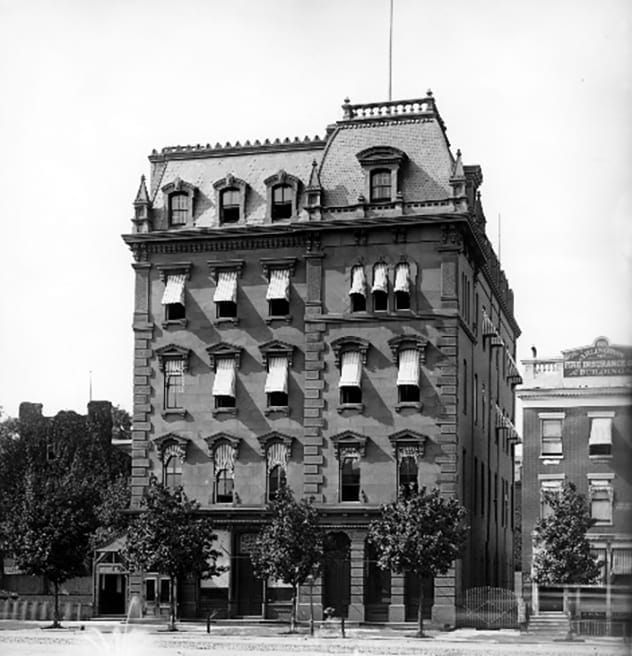
Black veterans of the Civil War faced the challenge of securing their pay, as many Southern banks were untrustworthy. Reverend John Alvorod founded a savings service, which received federal approval in 1865. The Freedman’s Bank opened 37 offices across 17 states, amassing $57 million in assets from over seventy thousand depositors, largely from Black veteran families. But there were big problems brewing.
Despite its aim to avoid loans, the bank engaged in fraudulent practices by 1870. Frederick Douglass became its president in 1874 but soon discovered the bank’s dire state. He called for its closure, which occurred in June 1874. The federal government did not guarantee compensation for lost funds, leaving many depositors with only 60% of their savings. The fallout further eroded public trust and confidence.
Race Riots
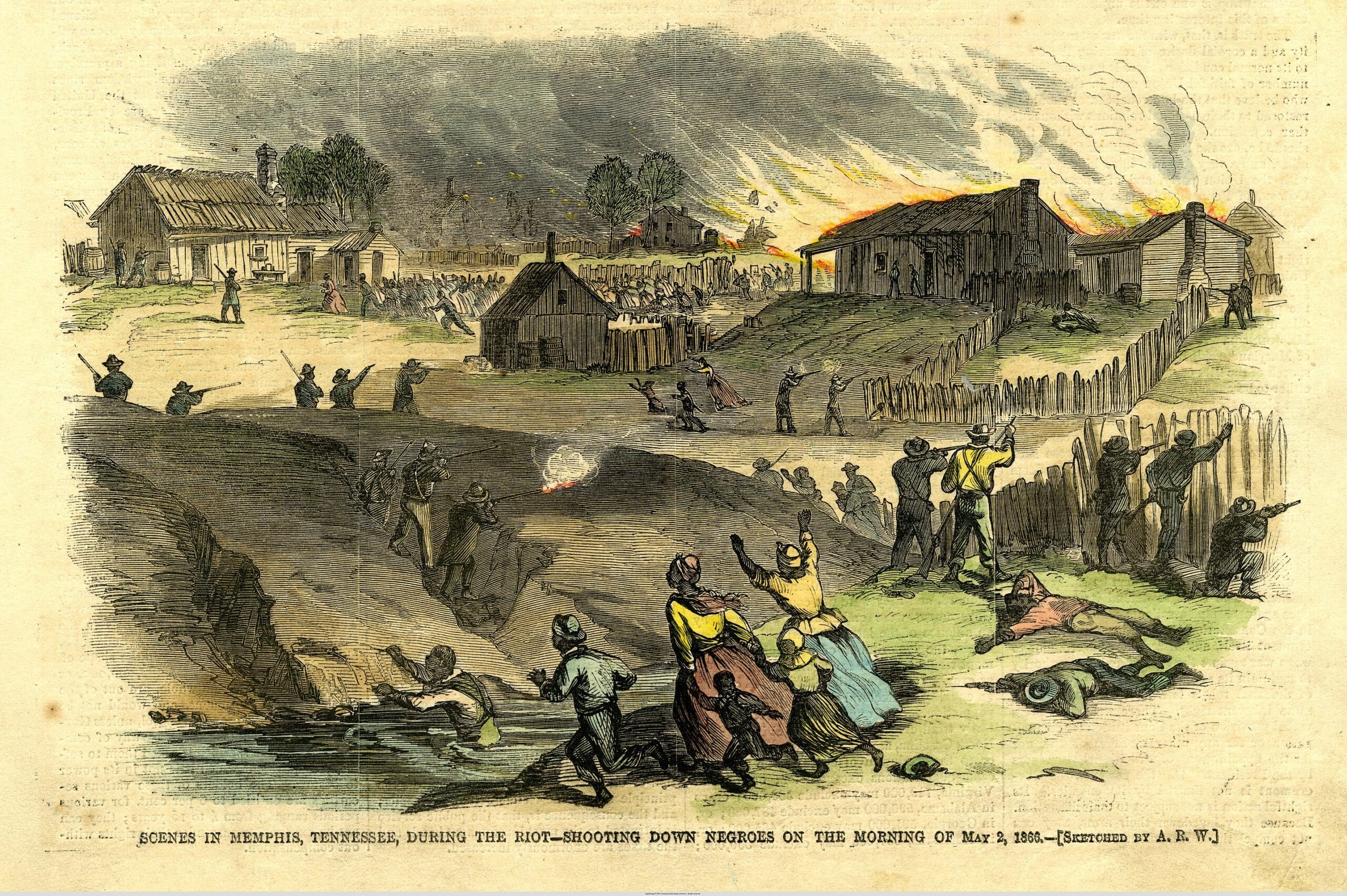
Beyond Klan terrorism, the Reconstruction era was fraught with race riots. In May 1866, Memphis, TN, erupted in violence resulting in 48 deaths (46 Black), 100 buildings burned, and no arrests. In July, a New Orleans convention to extend suffrage to freedmen was attacked by deputized police, resulting in 34 freedmen killed and 119 wounded.
Similar violence occurred in Richmond, VA; Franklin, TN; and Millican, TX, where 25 Black people were killed in 1868. Despite the presence of federal troops, these riots underscored the pervasive racial hostility and the failure to protect Black citizens.
Panic of 1873
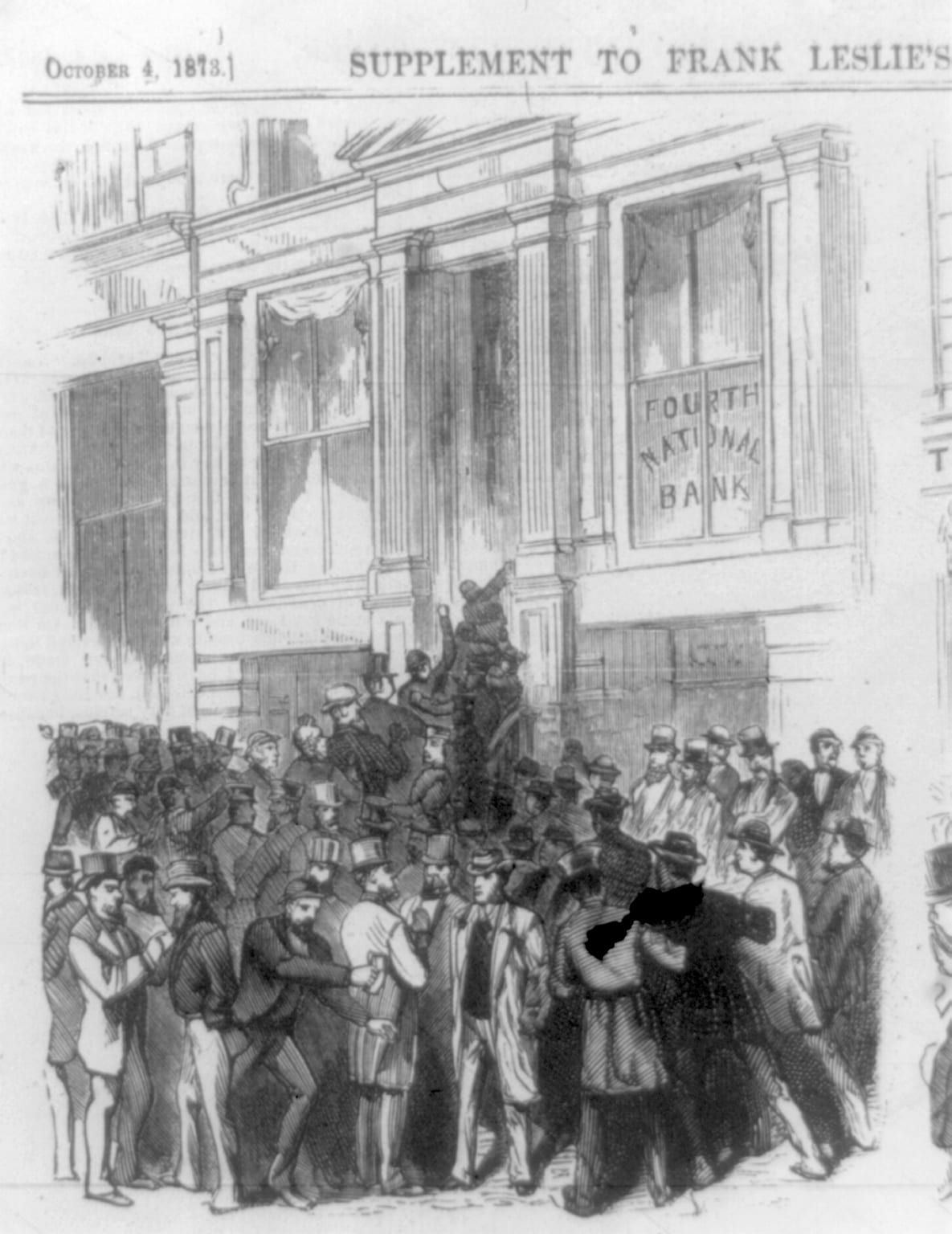
America’s ambitious rail programs, partially fueled by fiat currency, led to wild speculation. The collapse of Jay Cooke’s bank in September 1873 triggered an economic crisis. A quarter of rail lines went bankrupt, 18,000 companies failed, and unemployment rose to 14%, with wages dropping by a quarter. The US economy did not recover until 1883, and other nations, like the UK, faced prolonged depressions. This had a global impact.
The economic crash intensified conflict between labor and government, with federal troops deployed during the Great Railroad Strike of 1877. This diverted troops from the South, weakened support for the working class and allowed convict labor to persist amidst atrocities.
Regular Epidemics
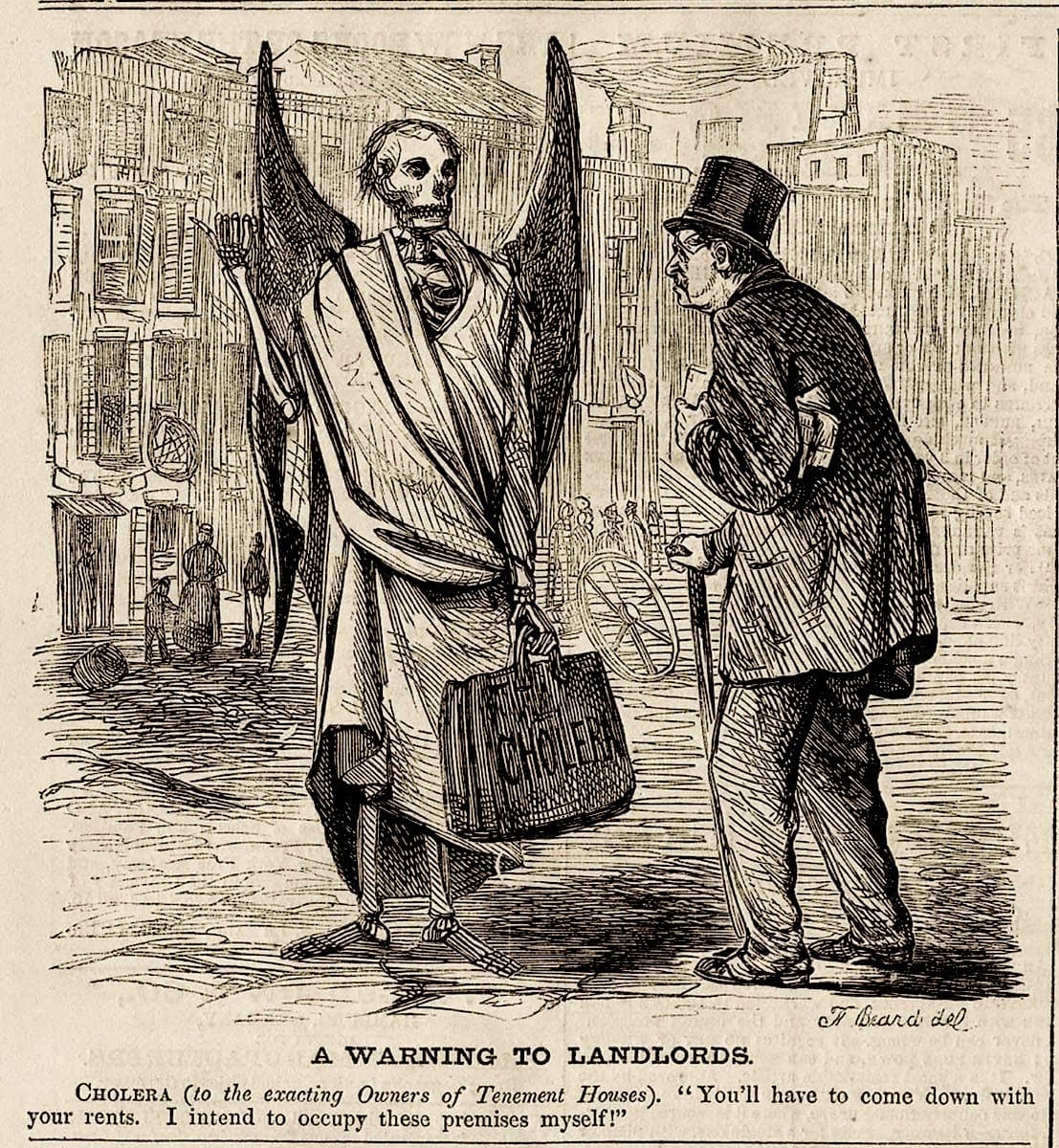
During the Civil War, disease claimed twice as many soldiers’ lives as combat. Epidemics were rampant. A cholera outbreak in 1866 killed 50,000 Americans, and a smallpox epidemic killed 49,000 by 1867. Yellow fever repeatedly struck the Southern states, killing 3,000 in New Orleans in 1867 alone.
In 1873, Shreveport, LA, faced so many deaths that funerals were suspended. These health crises prompted the passage of federal laws such as the 1878 National Quarantine Act, which are the basis for modern responses to pandemics like the Coronavirus.
The Locust Swarms
The Rocky Mountain Locust posed a significant threat to the United States. A drought in 1874 drove massive locust populations to the fertile farmland of the Great Plains. A swarm covering 198,000 square miles attacked two million miles of farmland, causing an estimated $200 million in crop damage.
The locusts also contaminated water and rendered chickens inedible, compounding the devastation. Only a harsh winter in 1874-1875 prevented future swarms. Relief efforts faced complaints of funds being misused, showing the challenges of effective aid distribution.
Mass Lynchings
The Reconstruction Era was marked by rampant public murders with impunity. The Equal Justice Initiative reported 2,000 known lynchings in the twelve years after the Civil War. Lynchings could be triggered by minor events, such as Black people going to the polls. Black National Guard soldiers were also targeted.
Lynchings weren’t limited to Black citizens. In 1871, a shootout in Los Angeles led to the lynching of eighteen Chinese immigrants. Despite several manslaughter convictions, all were overturned, highlighting the systemic injustice.
The First Opium Epidemic
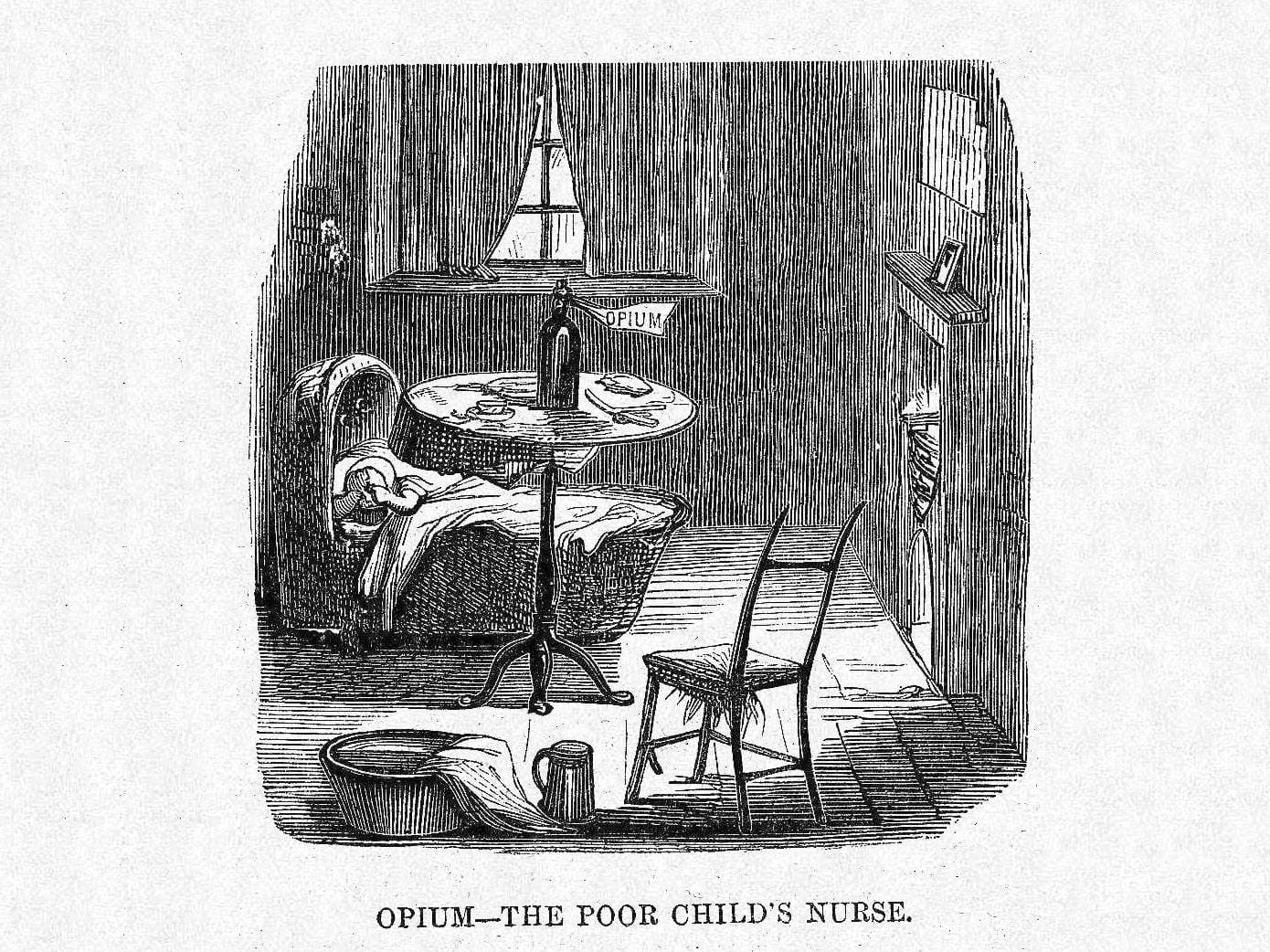
The Civil War resulted in 400,000 morphine addicts. Field hospitals used morphine for wounded soldiers and the ill. Confederate veterans used it to cope with defeat. In 1868, there were an estimated 100,000 opium addicts in America, likely an undercount due to stigma.
In Shreveport, LA, 1% of the population was addicted. Opium addiction disproportionately affected white people, similar to the contemporary opioid epidemic. This epidemic added another layer of suffering to an already devastated nation.
The American Reconstruction faced numerous challenges: Black Codes, violence, economic crises, epidemics, and social injustice. These realities underscore the era’s complexity and its lasting impact on American society.
What are your thoughts on these brutal realities? Leave your comment below!


